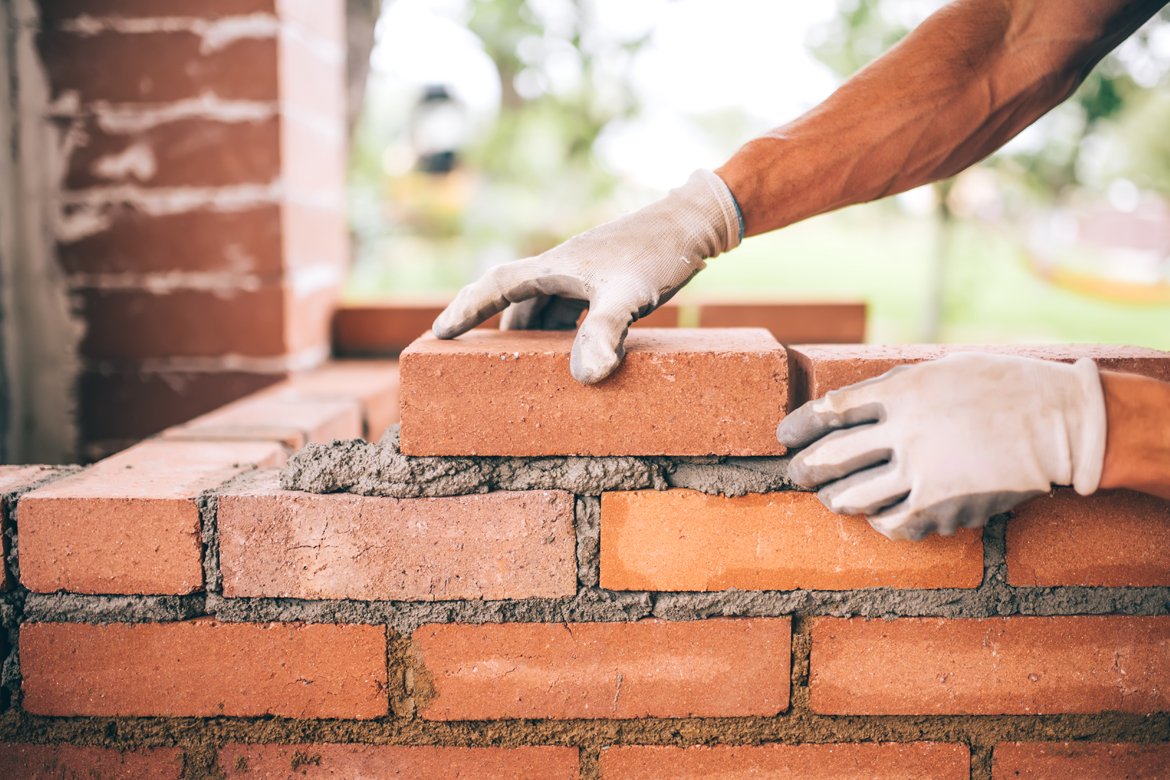Introduction to Masonry Walls and its Variations

Constructing a building is no less than an art and masonry walls are the sturdiest portion of a building. Masonry walls offer strength and durability to the building structure and also helps maintain indoor and outdoor temperature. It basically separates a building from the outside environment.
The term masonry is used for construction with mortar as a construction material with a mix of bricks, stones, marbles, concrete blocks, granites, tiles etc. Mortar consists of binding material with sand and the binding materials can be lime, soil, cement or others.
The overall strength and durability of a masonry wall lies on the type and quality of materials used and its workmanship.
Here is a list of different types of masonry walls
1. Hollow masonry walls
Typically made of cement blocks, Hollow masonry wall is mainly used to prevent moisture or dampness from entering inside a building. It builds a hollow space between the outside and inside face of the walls. It also helps to maintain temperature from inside the building by restricting heat from passing through the hollow space. At the wall gets exposed to water for a long time that penetrates through the outer face, it reaches to the hollow space and simply flows down. Later they are drained through the weep holes.
2. Post tensioned masonry walls
Post-tensioned masonry walls are built to add strength to the masonry walls against environmental forces that may induce tension in the walls like earthquake or heavy wind or storm etc. They are constructed from the foundation level where the tensioning rods are anchored. Post tensioning now is extensively used in bridges, residential or commercial buildings, elevated slabs etc.
3. Reinforced masonry walls
The reinforced masonry walls are generally used to help bear the tension forces and heavy compressive weights. They can be either load bearing walls or non load bearing walls. With un-reinforced masonry walls, there is an increased risk of cracks and failure under heavy compressive loads at the time of earthquakes. They also have the power to endure lateral forces during heavy rains and storm.
4. Load bearing masonry walls
Bricks, stones and concrete blocks are used in the constructions of load bearing masonry walls. These walls help to transfer weight directly from the roof to the foundation and they are suitable to be used as both interior and exterior walls. This particular construction process is more affordable than the process with framed structures. The usage of these walls is commonly seen in large buildings. The thickness of the walls is determined by the amount of load it has to bear from the roof.
5. Composite masonry walls
Composite masonry walls are constructed by blending two or more building materials like stones and bricks or hollow bricks and bricks. These types of walls are generally constructed to reduce the overall expense of a construction project and to make the structure long lasting by using better materials and workmanship. Besides this, it also improves the appearance of a structure.
So when you are ready for a home improvement project with professional masonry installation or replacement, look for an efficient and skilled masonry contractor Burlington who can give you your preferred results. You can start your research by simply typing Masonry contractors near me on Google.



